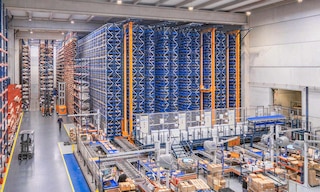
Inventory costs: Calculation and reduction strategies
April 3, 2025Inventory costs encompass all expenses associated with procuring, storing, and managing warehouse stock throughout its lifecycle.
Explore the Interlake Mecalux blog and learn more about the latest methods for warehouse space optimization, how to improve inventory management, automated material handling equipment & software.

Inventory costs encompass all expenses associated with procuring, storing, and managing warehouse stock throughout its lifecycle.
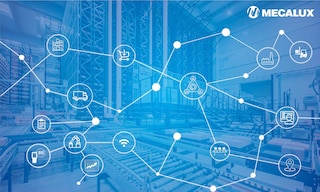
Some supply chain examples fall into different categories, but all involve the activities required to manufacture a product and deliver it to consumers.

A TMS is a transportation management system used in logistics to optimize routes and ensure accurate order delivery.
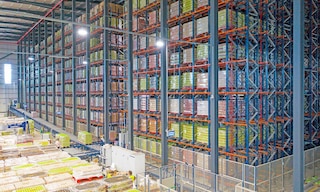
Sustainable 3PL refers to the ability of third-party logistics service providers to carry out their operations while minimizing their environmental impact.

The shopping experience is crucial for fostering customer loyalty. Optimized logistics processes and an omnichannel strategy improve satisfaction, exceed expectations, and build trust.
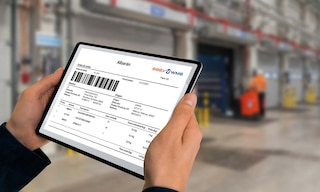
A digital delivery note improves logistics and administrative processes. This electronic document boosts efficiency, reduces errors, provides end-to-end traceability, and makes document ...
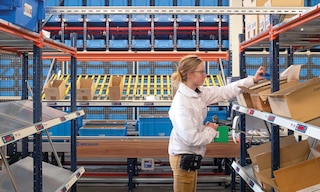
WMS hardware refers to devices that enable data input or retrieval for storage, communication, or processing beyond what a warehouse management system handles.
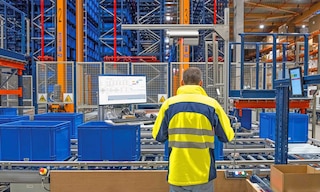
Knowing how to measure productivity in the warehouse improves operational efficiency and drives supply chain competitiveness.